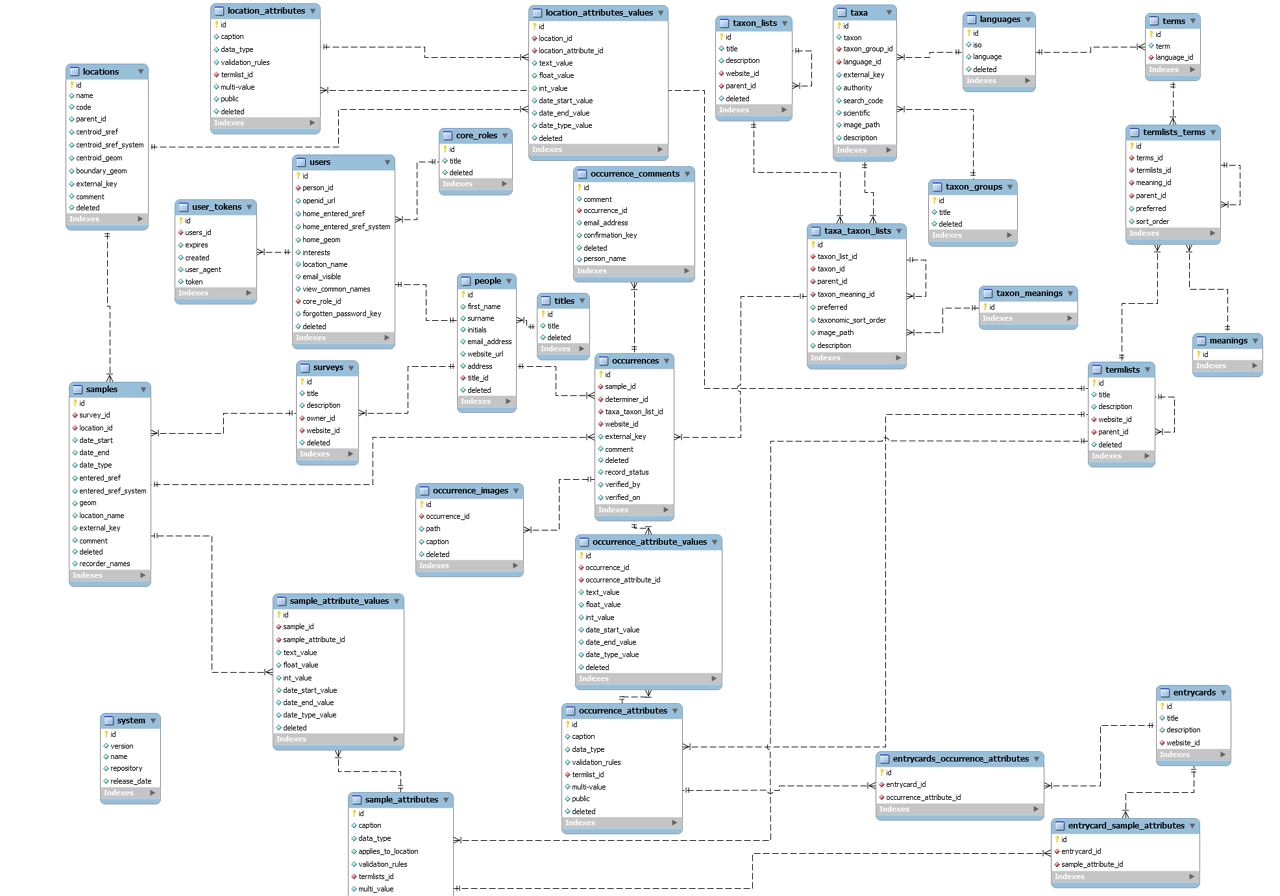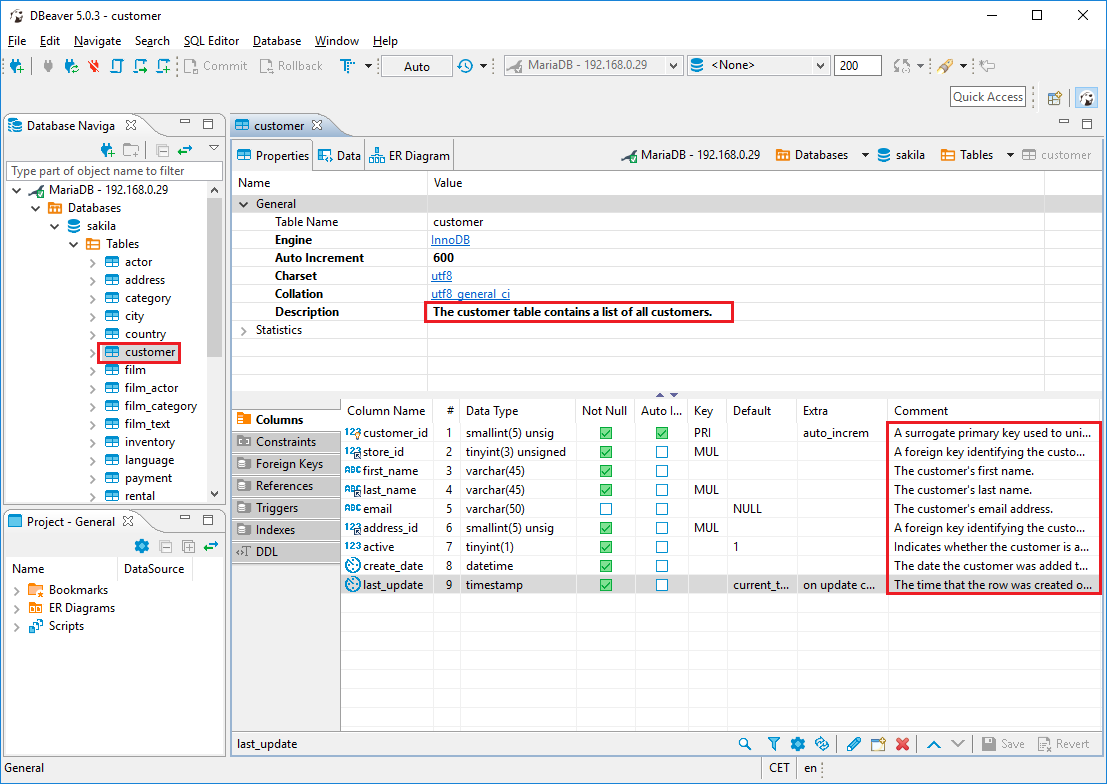

However, this reason speaks to application, not database architecture.Īccessibility: Public data versus private data, as determined by the architecture of the application, are introduced as additional metadata, which are impertinent to data models. The following are examples of what has been used as justification for the existence of “object relational impedance mismatch.”Įncapsulation: Object-oriented programming languages (e.g., Ada) use concepts to hide functionality and its associated data into the architecture of the application. Now that there are a few generations of developers that only know object-oriented and relational, who have seen the differences between object-oriented control systems and relational database-oriented information systems, they have coined a new term called, “object relational impedance mismatch.” In other words, relational has nothing to do with it. This goes down to the smallest collection of data points for which there are many synonyms, which include: ▪Ī conceptual or logical data model, as represented by an entity relationship diagram, is suited to model the data, regardless of what anyone decides to call the collections of data points. Stable collections of data points within information systems are “objects” around which the application may be architected, as with collections of data that are identified within a logical data architecture. Yes, the architectural foundation between the two paradigms is different, but that’s only because there are no tangible things that you can consistently touch in an information system. Now that the reader is now knowledgeable in many of the differences between information systems and control systems, it is easy to understand how object-oriented paradigms originated with control systems, and then became adapted to information systems. It is therefore amusing how often one can find statements on the Web, including in Wikipedia, that state that entity relationship diagrams can only depict designs for relational databases. The point here is that entity relationship diagrams provide a basic method with which to depict collections of data points and the relationships that those collections have with one another.

“inverted list databases” (e.g., Adabas), and ▪ “hierarchical databases” (e.g., DL/I and IMS), ▪ Entity relationship diagrams were routinely used with: ▪ Entity relationship diagrams were in use nearly a decade before IBM announced their first relational database management system.


 0 kommentar(er)
0 kommentar(er)
